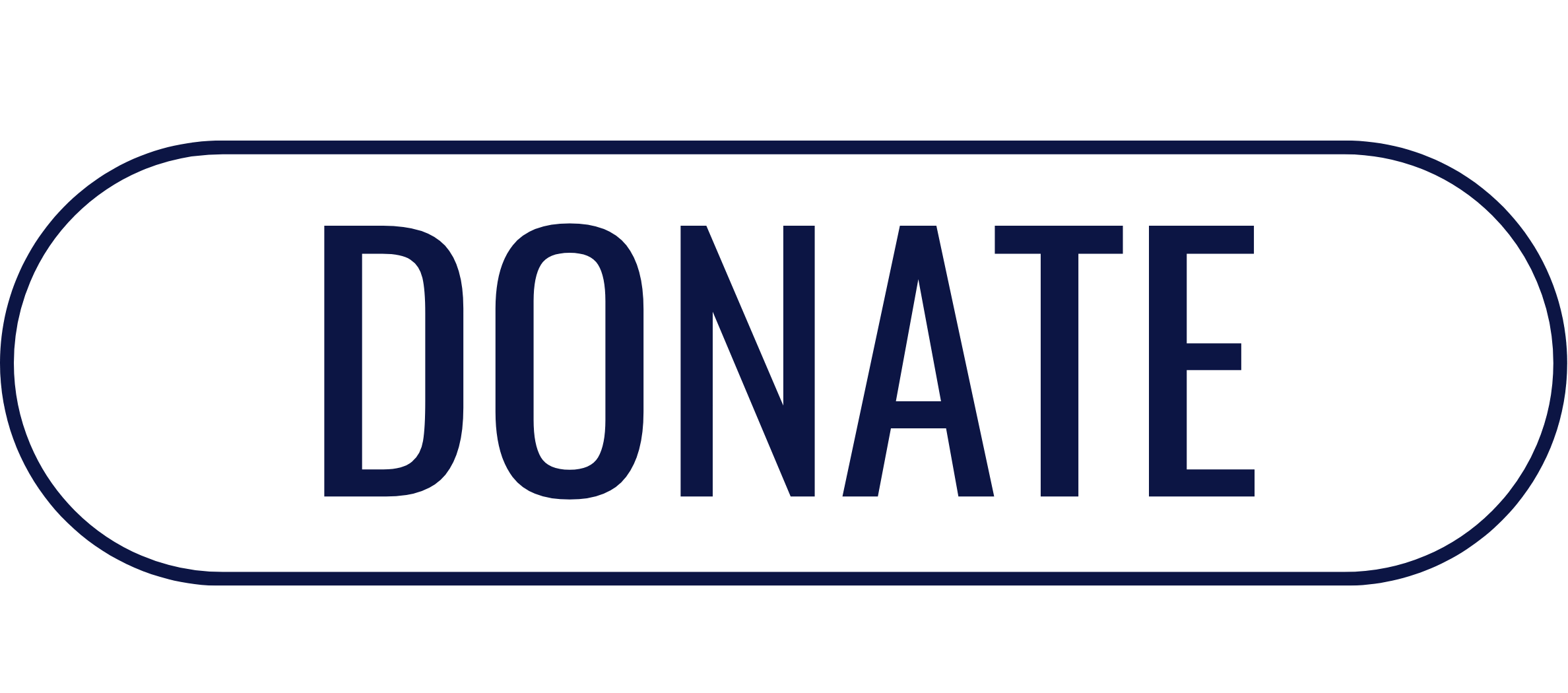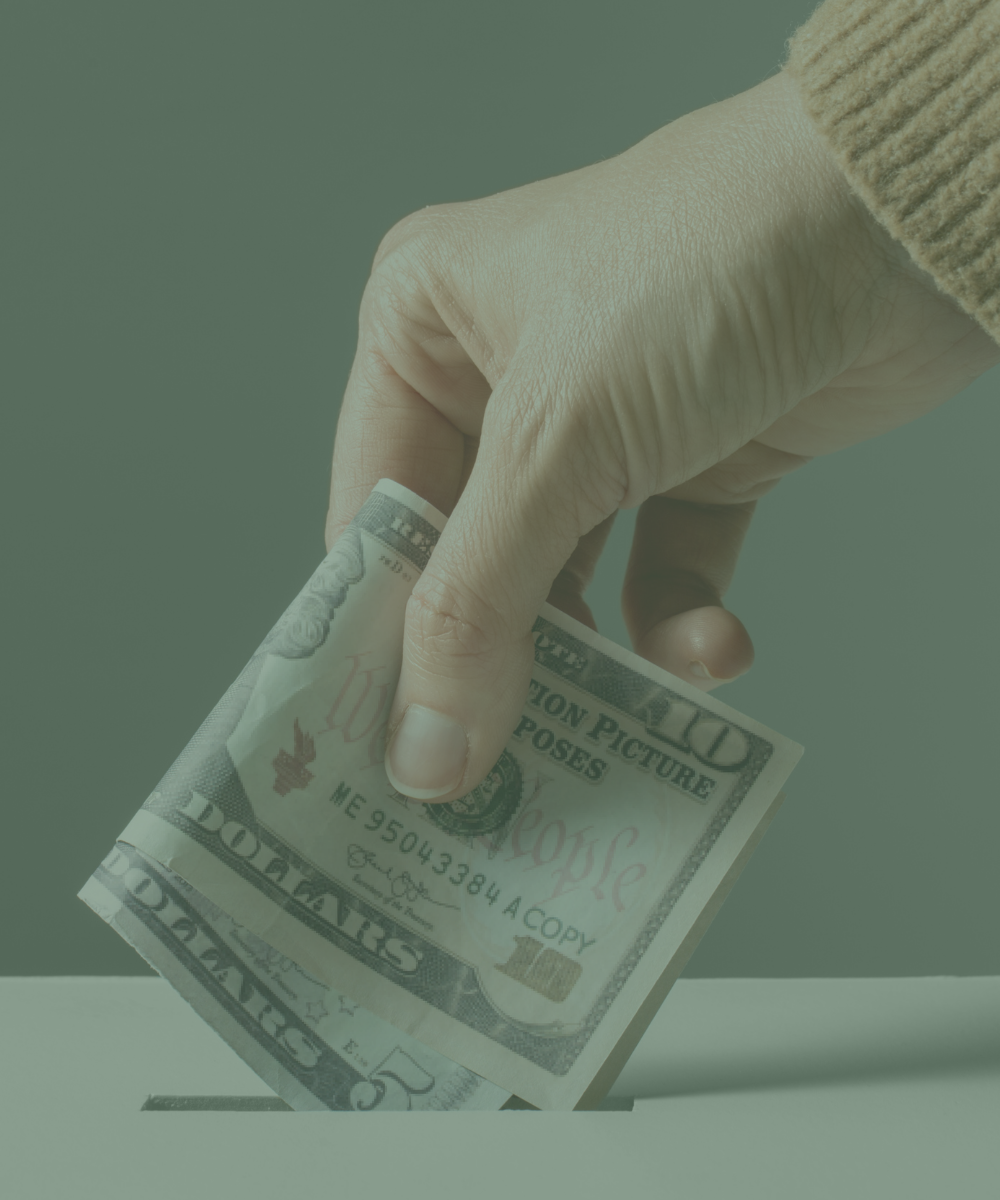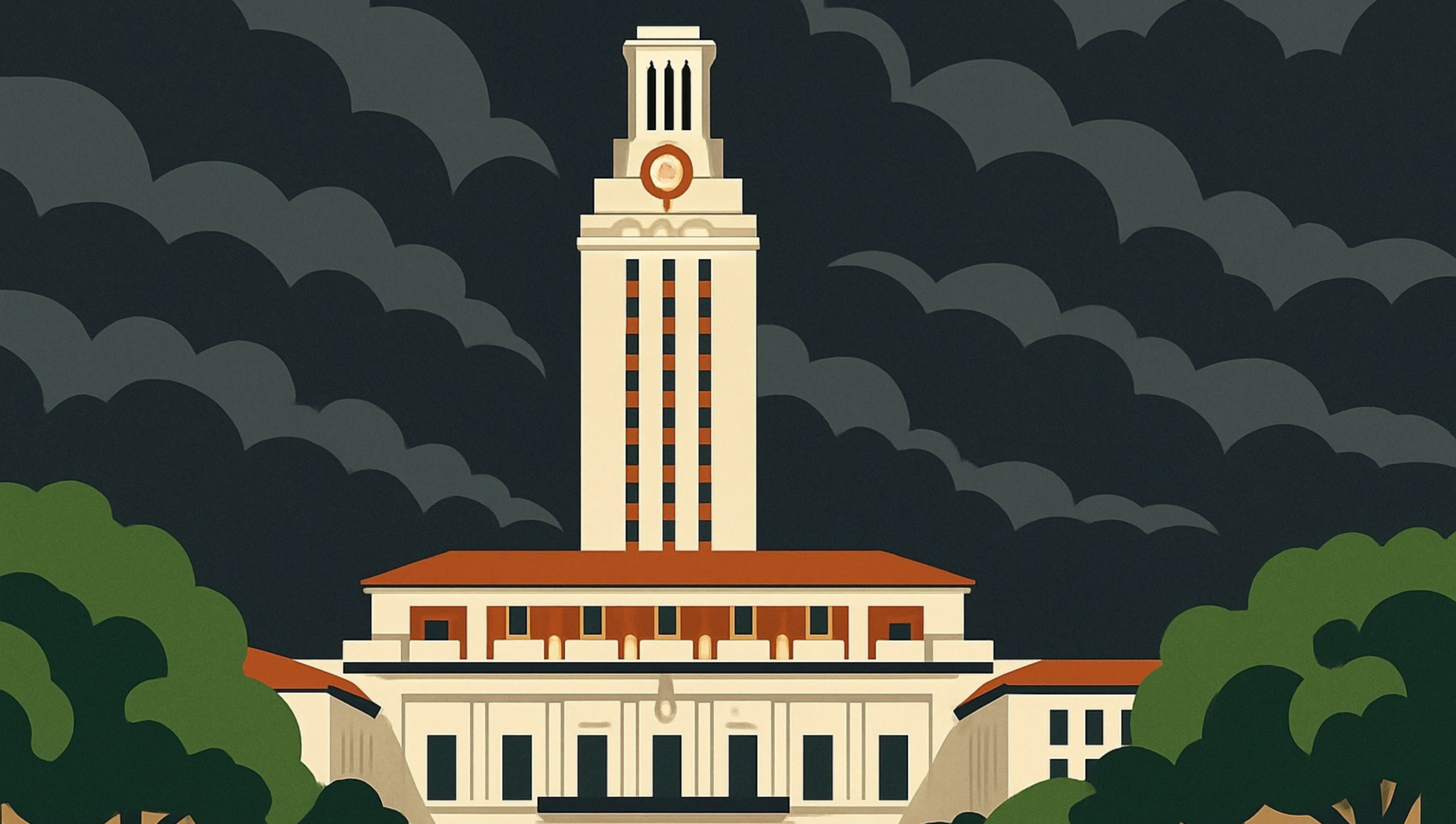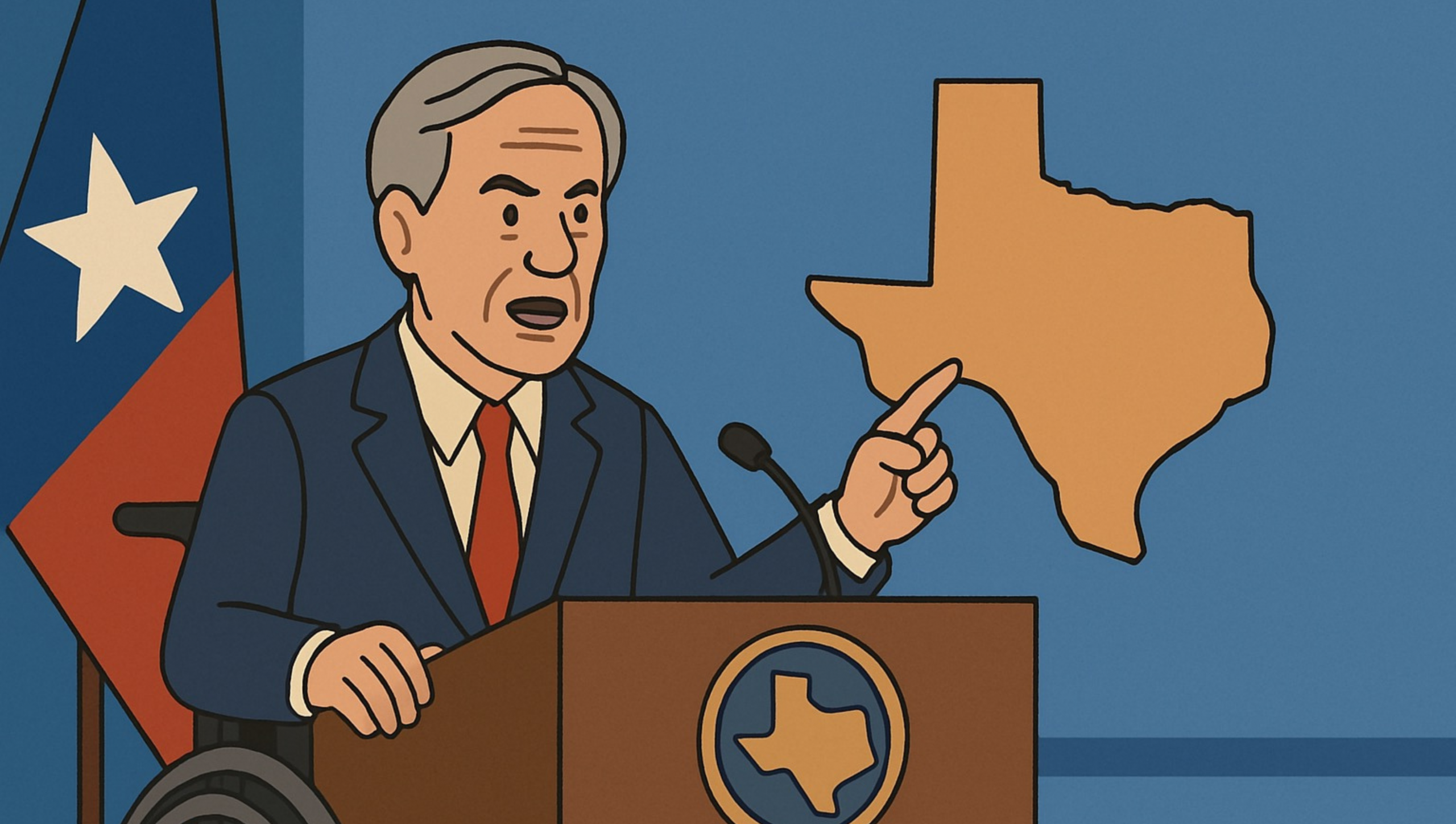Why pay off your debt if you can get your fellow Americans to pick up the tab?
Traditionally, if an individual takes out a loan, it is with the promise that it will be paid back. But evidently, that dynamic changes if the loan is taken out from the federal government (or taxpayers) for the purpose of student loans, and it comes with an astronomical cost to U.S. taxpayers.
On Wednesday, the Biden administration announced a plan that effectively “cancels” or “forgives” $10,000 of federal student loans for individuals who did not receive Pell Grants and $20,000 for individuals who did and also have an income of less than $125,000 per year. He also announced that you can “cap repayment at 5% of your monthly income” if you have undergraduate loans. Though there are questions of legality, including from elected officials within his own political party, it is a move many see as purely political ahead of the November midterm elections.
Some variation of student loan forgiveness has been central to any would-be Democrat platform for some time, with nuanced differences in approach and amount.
While on the presidential campaign trail, Biden backed the idea of some student loan forgiveness. At a campaign event in Miami, Florida, he said:
“I’m going to make sure that everybody in this generation gets $10,000 knocked off of their student debt as we try to get out of this God-awful pandemic.”
Many Democrat elected officials in Congress have continued to pressure the administration to act alone, as they have been unable to address the issue through Congress itself.
What Is the Cost?
According to a widely cited Penn Wharton Budget Model:
“We estimate that forgiving federal college student loan debt will cost between $300 billion and $980 billion over the 10-year budget window, depending on program details. About 70 percent of debt relief accrues to borrowers in the top 60 percent of the income distribution.”
In other words, the plan would cost the average U.S. taxpayer more than $2,085.59.
Similarly, an analysis provided in April by the Federal Reserve Bank of New York estimated it would cost nearly $321 billion.
Some supporters of the policy dispute that the plan would come at the expense of taxpayers, but this position ignores the reality that the estimated $300 billion cost was previously borrowed from the federal government (i.e. taxpayers) and will not be returning to the U.S. Treasury. This means lawmakers will have to make up for that difference in the future with either government spending cuts (which seems unlikely) or tax increases and more debt obligations (which seems likely based on recent history).
Of note is that the cost of this plan would effectively wipe out any savings (which are disputed) that would come from the recently passed Inflation Reduction Act, essentially making that effort moot except for the “green-energy” companies that benefited from the subsidies included in the legislation. Meanwhile, record inflation continues and the U.S. debt continues to increase, at the expense of future generations of Americans.
It is also highly likely that this forgiveness will continue in perpetuity, effectively becoming a quasi-college UBI (Universal Basic Income), and cost taxpayers more money in the future.
How Bad Is the Problem?
Thus far, Congress has been reluctant to act on this issue, not having a majority of Senate Democrats in favor of such a policy change. This reluctance has led many on the regressive left to call for Biden to provide supposed relief through executive action, something even elected officials within his own party dispute he has the power or legal authority to do.
Americans owe more than $1.56 trillion in student loans. Nearly 90 percent of all student loans are issued by the government, where the U.S. Department of Education oversees more than $1.3 trillion in debt. The amount of debt, the inability or reluctance of beneficiaries of those loans to pay them back, and the increased cost of tuition at higher education institutions continue to make the problem much worse.
Is it Legal?
If you ask U.S. House Speaker Nancy Pelosi, the president does not have the authority to cancel debt obligations—or at least she felt that way in July of 2021. Has her attitude changed since then, or just the politics behind it?
Perpetual ‘Can-kicking’ and Political Inconvenience
The Wall Street Journal reported that in July, the U.S. Department of Education directed loan servicers to not issue billing statements to borrowers, all but ensuring that repayments of loans would not resume after the August 31 deadline (after being delayed several times already).
The current “freeze” was originally instituted under the Trump administration at the onset of the COVID-19 pandemic. To make matters worse, not only are the payments frozen, but so is the interest on those payments, meaning the government has given up revenue and accrued additional debt.
Amid the ongoing “freeze” of student loan repayments, there is growing concern over the fiscal reality and implications of delay on top of the cost of “cancelation.”
According to a recent CNBC poll, nearly six in 10 Americans are concerned that forgiving student loan debt could worsen the current inflation crisis.
The Texas Republican Party platform says the following when it comes to federal student loans:
“We oppose mass cancellation of student loan obligations but support tax credits and interest rate reductions to ease the burden of students deeply in debt.”
In somewhat of contrast, the Texas Democrat Party platform says the following when it comes to federal student loans:
“Cancel student loan debt for low-income Texas residents and provide interest-free student loans.”
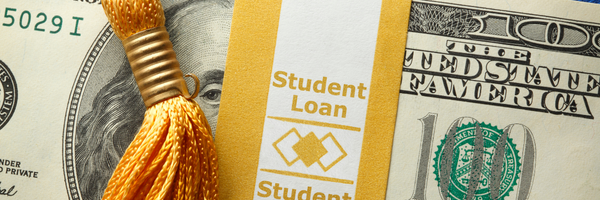
How Did We Get Here?
To put it simply, political cowardice.
Federal student loan programs were created in 1965 as a part of then-President Lyndon B. Johnson’s “Great Society,” with the passage of the Higher Education Act. This legislation essentially flipped the idea of traditional lending on its head, becoming yet another example of Congress deciding it knew better than the markets did, allowing lending to take place with anyone regardless of creditworthiness and financial literacy. The program started small but, as with almost any government program, exponentially grew at an alarming rate.
If you peruse the U.S. Constitution, you will not find authorities given to the executive branch to cancel debt obligations, such as student loans. But in a time where the U.S. Congress has essentially abdicated any responsibility in actually legislating or using its “power of the purse,” much of the policy change in the U.S. has come from rule-making authorities granted to bureaucracies and executive actions.
Who Would it Benefit the Most?
Contrary to popular belief, the individuals who benefit the most from student loan forgiveness are generally those who are already well off, because they primarily consume more expensive education, according to an analysis done by the Brookings Institution.
Another beneficiary of such subsidization of loan forgiveness is the higher education apparatus itself. This plan does nothing to address what many consider one of the primary drivers of the overall problem: the education institutions themselves. It is highly likely that colleges and universities will respond to this plan by raising tuition commensurate with the loan “cancelation.”
When does the subsidization—or, to perhaps put it more honestly, collectivization—end? Will the government “cancel” mortgages next?

Fuel to the Fiscal Fire
The U.S. national debt currently sits at nearly $31 trillion, a number that is difficult to truly comprehend. Ultimately, it is a number that represents runaway spending and fiscal irresponsibility on behalf of both major political parties in the United States over the course of the last few decades, creating an unsustainable financial path that only continues to ensure less and less prosperity for future generations of Americans.
The Biden administration potentially adding to the ongoing fiscal insanity just for the potential of support going into the midterm elections is a terrible trade-off for U.S. taxpayers.
It should be simple. If someone takes out a loan, they should pay it back. It is the right thing to do on behalf of the taxpayers.

